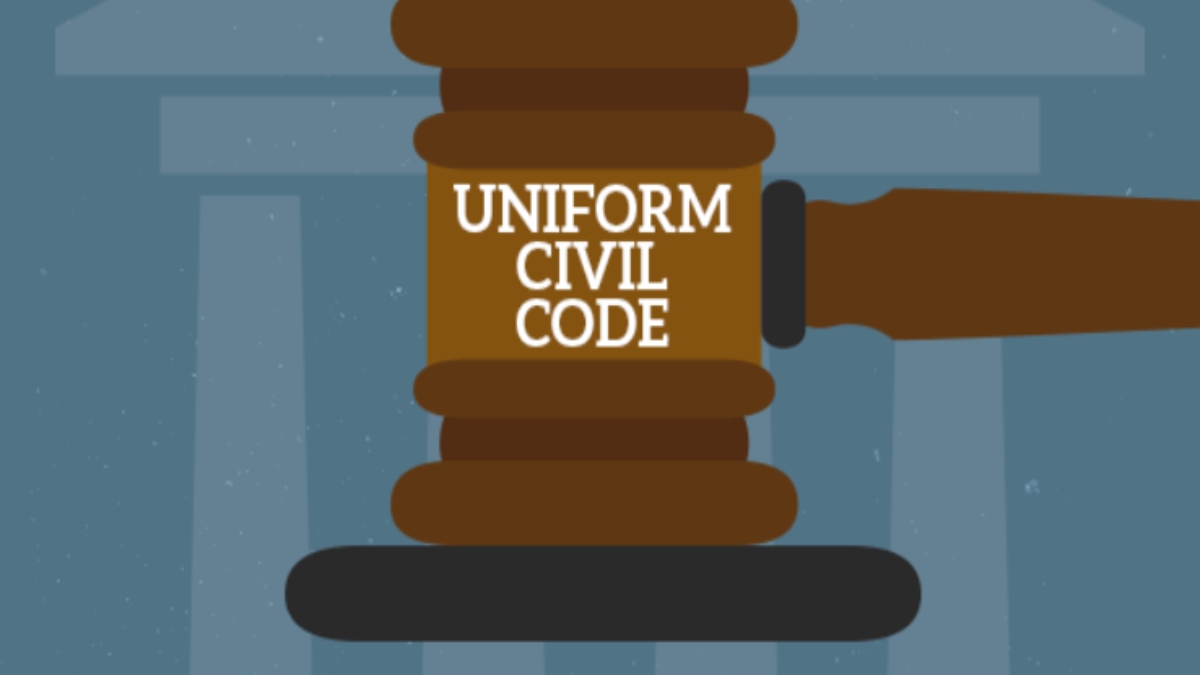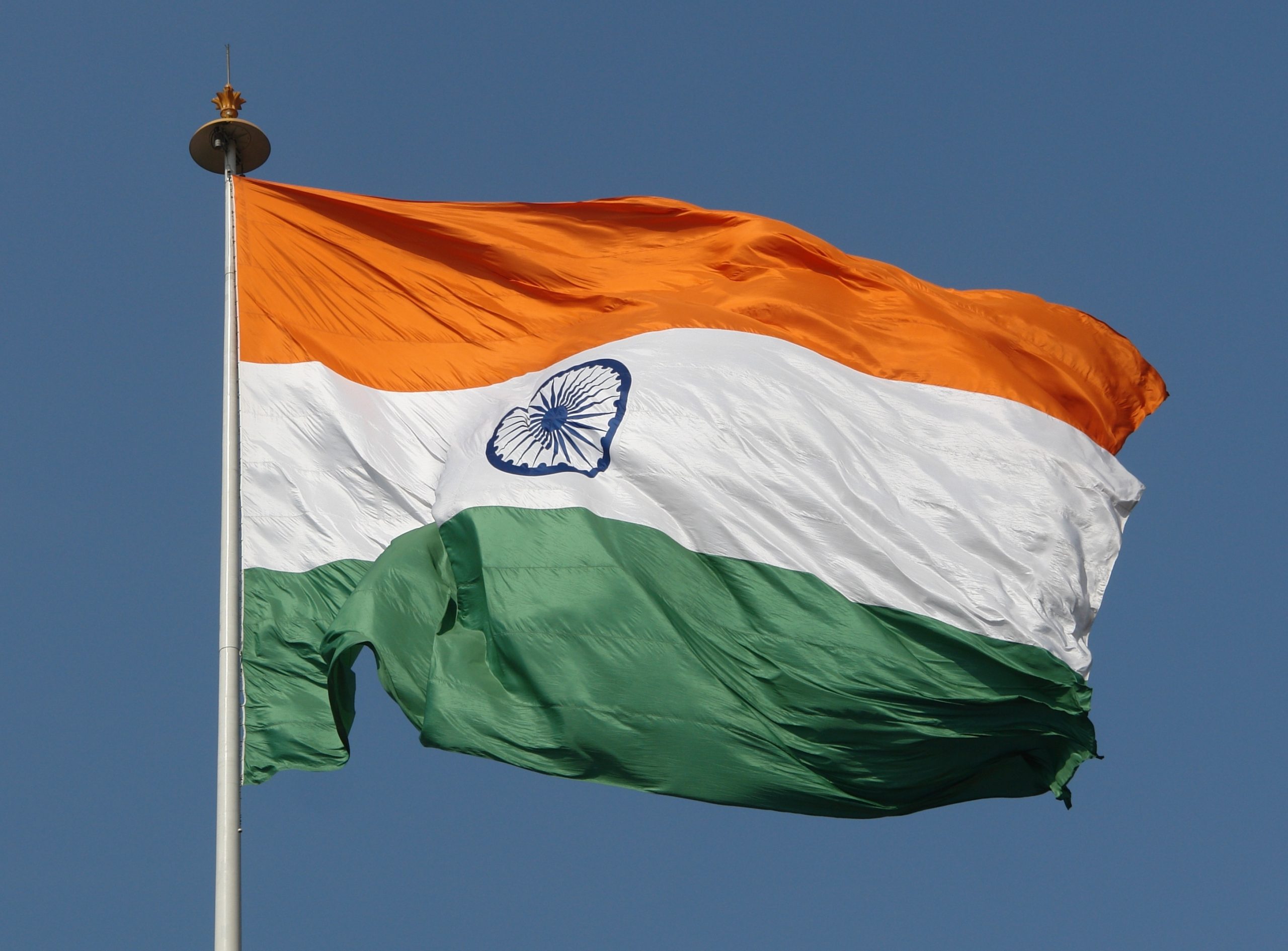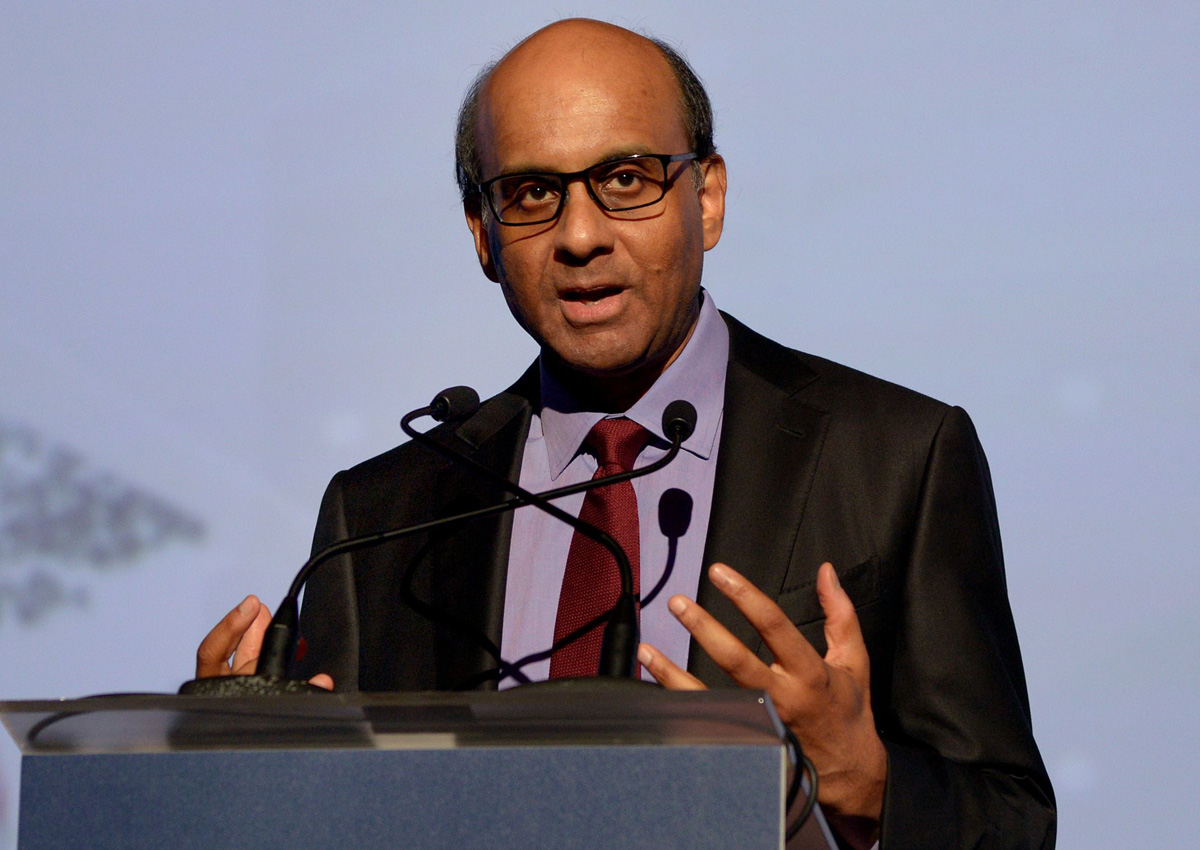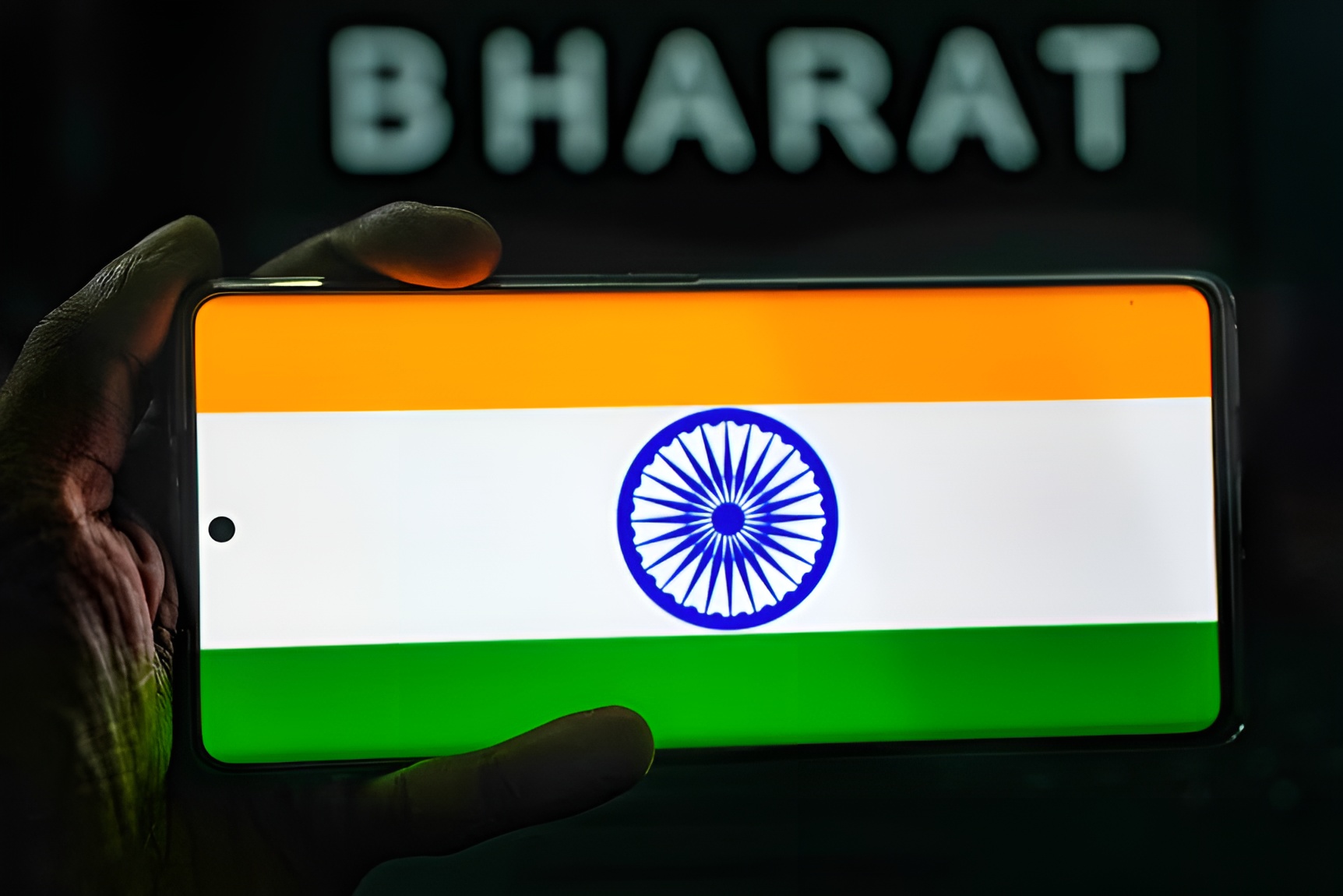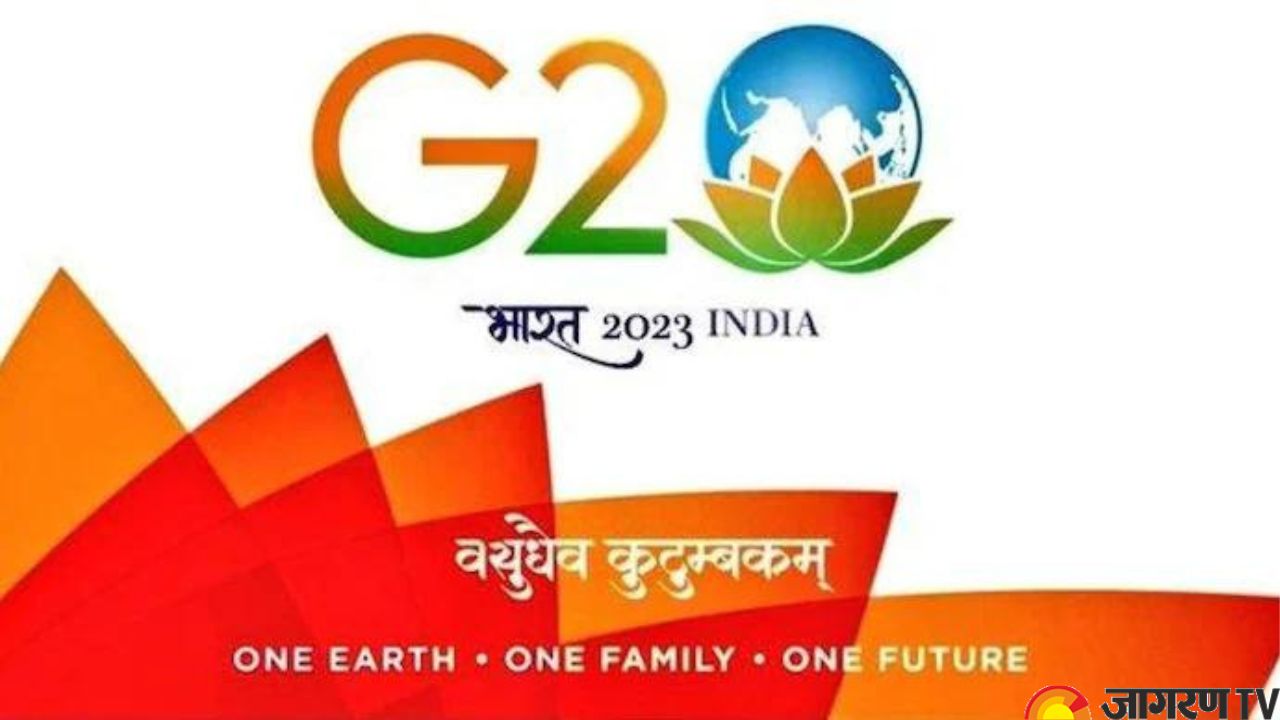The proposal for the unification of elections in India by Prime Minister Narendra Modi is audacious and unprecedented. This ambitious plan intends to end the current pattern of staggered elections by coordinating the dates for the Lok Sabha (lower house of Parliament) and state assembly elections. Despite the fact that this initiative has drawn a lot of attention and criticism, it may ironically have important advantages for India’s opposition parties. We shall look at how Modi’s decision to hold unified elections will benefit the opposition more.
In all democracies, opposition parties automatically oppose any decision that the administration of a nation has imposed without previous consultation. Therefore, it is not surprising that Adhir Ranjan Choudhury, the sole representative of the India coalition who was invited to join the eight-member panel that the Modi government is establishing, purportedly to study but really to cover up the reunification of central and state elections, declined to do so.
It is difficult to oppose the plan to combine central and state elections when considered outside of its current political context. The action will cut in half the political parties’ crushing electioneering costs. And hence, the necessity for funding, much of which has come from covert and illegal sources ever since former Prime Minister Indira Gandhi banned corporate donations to political parties in 1970.
The reunification of the Lok Sabha and Vidhan Sabha elections will also make it much simpler for a future administration to establish an election financing mechanism that is funded by the state and is subject to public audit. This would not only weaken and eventually break the link between crime and politics in the nation, but it would also pave the way for changes to the police and lower levels of government that would rid them of corruption and turn them into servants of the people.
Additionally, it would extend the time frame within which government programs must be effective, improve structural reforms, and reestablish the center-state coordination in policymaking that was badly harmed by the separation of central and state elections.
It will also prevent opportunistic defections from political parties if implemented with the right safeguards. The most important of these measures will automatically declare the president’s rule in any state where the administration has been overthrown by defections until the next general election.
However, there is little evidence that Prime Minister Modi’s unexpected decision was motivated by greater governance. He did so because he knows the BJP could face the same fate it did in Karnataka in the Vidhan Sabha elections in Rajasthan, Madhya Pradesh, and possibly in Jharkhand and Chhattisgarh.
He is naturally reluctant to run in the upcoming Lok Sabha elections after suffering a succession of electoral setbacks in important states. By holding a combined national and state election, he will be able to deliver both the center and the state to his party while avoiding four crucial state elections that his party might lose. He will also benefit from the prestige of holding the G-20 presidency and its major conference in Delhi.
It is therefore obvious that the India coalition is not enthusiastic about the one-election proposition. However, it is also shortsighted because merging central and state elections would solve the alliance’s most difficult issue in the lead-up to the subsequent general election and significantly increase its prospects of winning. The issue is the distribution of seats to its member parties in each state.
The coalition is resolved to run just one candidate in each constituency to challenge the Bharatiya Janata Party (BJP), as the Mumbai conference demonstrated. However, it has not yet been decided whose party the candidate should represent or how they should be chosen. Mamta Bannerjee, the chief minister of West Bengal, had told the media at the Patna meeting that the alliance would appoint coordination committees, which would first decide the standards they would use in choosing candidates and then use these to select the party and candidate for each constituency. That process is only being started today, after two additional alliance meetings.
This inaction is a result of the party leaders’ inability to overcome their biggest challenge: how to keep their followers loyal and supportive in the constituencies they lost to an ally in the Lok Sabha election.
If there had been a system of public financing for elections like in Western Europe, this issue would not have arisen. Parties now rely on local financiers in its absence, to whom they promise government contracts and other benefits if their party wins power. If the funders lose faith in the party or in the likelihood that its candidate will prevail, this client list structure begins to fall apart. When the party withdraws from the race, it becomes nonexistent.
Unknowingly providing India with a solution to its predicament, Modi has offered to combine the central and state elections. In addition to allowing full competition to remain in the state assemblies and limiting seat sharing between political parties to the Lok Sabha elections, this would also force them to draw a distinct line between national and local problems.
Then, party cadres can be told to place more emphasis on state and local issues in parliamentary districts where their party is fielding candidates for both the Lok Sabha and the Vidhan Sabha and to emphasize national issues in those districts where the Lok Sabha seat has been allocated to another member of the alliance.
Despite opposition and skepticism, Prime Minister Modi’s proposal to synchronize elections in India poses an intriguing conundrum. In India, the opposition parties stand to benefit more from this decision than the ruling party does. The opposition can become more competitive and better positioned to challenge the status quo by lowering election weariness, leveling the playing field, permitting targeted campaigning, increasing voter turnout, allowing for stronger policy focus, and strengthening coordination. A strong opposition is necessary for effective governance in a democracy like India, and unified elections may well be the spark that builds a more powerful and active opposition.



